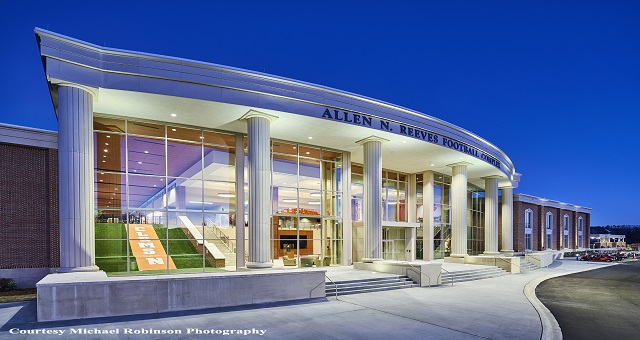What You Need to Know About FERPA
FERPA is probably the most widely misunderstood law relating to education. Online faculty members and administrators need to get the real story on FERPA so they understand what is and is not allowed.
Effective Referrals to Campus Counseling Services
If you encounter a distressed student and decide to refer the student to counseling or other psychological services, there are actions you can take to increase the chances the student will follow through. Here are three tips to help increase your chances of success.
How to Intervene with a Student in Distress
There’s no one correct way to deal with students in distress, however, and different faculty and staff members have different capacities for working with distressed students, so it’s important to know your abilities and limits when deciding whether or not to intervene
Universities Prepare for Crisis Communication
When your institution faces a crisis, be it a dorm fire or a cyberattack, it is important to be ready to handle not only the event but also the communications and public relations challenges that come after. According to a small recent survey by Dick Jones Communications, most colleges and...
Clemson Provides Textbook Case of Performance-Based Fire Protection at New Football Practice Facility
The Allen N. Reeves Football Complex is the first in South Carolina history to utilize a performance-based design code analysis approach (tested to meet specific goals) to fire code safety, instead of a traditional prescriptive approach (adhering strictly to written codes), according to Paul Borick, one of Clemson University’s Capital...
What Academic Leaders Should Know about Student Dating and Domestic Violence
According to the National Coalition against Domestic Violence (NCADV), domestic and dating violence includes intimidation, emotional abuse, threats, physical violence, and sexual violence. The abuse is part of a “systematic pattern” of behavior the abuser uses to have power over and control of an intimate partner. It is also something...
Six Steps to Process Students’ Stress
School administrators are often on the front lines for student trauma—the first person with whom a student confides about incidents that can create significant stress. In turn, many school administrators must also consider how to process these traumas to minimize adversely impacts from their own stress levels.
Moving Beyond One and Done Sexual Misconduct Trainings
Basic sexual misconduct trainings are important, but for Title IX compliance and proper sexual misconduct training, administrators should do more. It is important to consider steps to take beyond simply baseline compliance.
How to Build a Threat Assessment Team on Campus
The list of potential risks and threats a university or college campus may face is quite long and complex. Threat assessment teams can facilitate the process of managing these threats, handling the decision-making process, and developing a supportive and proactive campus culture. Every team should be developed with the goal...
More than Words: Looking at the Context of Consent
Voluntary consent is a core tenet of all discussions concerning sexual activity. Looking at the context of consent means looking at the big picture: the effect your relationship might have on giving consent, situations where consent might be invalid, and certain responsibilities partners must uphold in establishing voluntary consent.












